Rising Incidence of Chronic Diseases
The prevalence of chronic diseases in Europe is on the rise, which is likely to propel the cell counting market. Conditions such as cancer, diabetes, and cardiovascular diseases require extensive cellular analysis for effective management and treatment. In 2025, it is estimated that chronic diseases will account for over 70% of healthcare expenditures in Europe, underscoring the critical need for efficient cell counting solutions. This growing burden on healthcare systems may lead to increased funding for research and development in the cell counting market, as healthcare providers seek to improve diagnostic accuracy and treatment efficacy. Consequently, the cell counting market is poised for growth as it aligns with the urgent need for innovative solutions to combat chronic diseases.
Increased Investment in Biotechnology
The cell counting market in Europe is experiencing a surge in investment, particularly within the biotechnology sector. This influx of capital is primarily driven by the growing need for advanced diagnostic tools and therapeutic solutions. In 2025, the biotechnology industry in Europe is projected to reach a valuation of approximately €100 billion, with a significant portion allocated to research and development. This trend indicates a robust demand for cell counting technologies, as they are essential for various applications, including drug development and personalized medicine. Furthermore, the increasing number of biotechnology startups in Europe is likely to enhance competition and innovation within the cell counting market, fostering the development of more efficient and accurate cell counting solutions.
Growing Focus on Personalized Medicine
The shift towards personalized medicine in Europe is significantly influencing the cell counting market. As healthcare providers increasingly adopt tailored treatment approaches, the demand for precise cell analysis becomes paramount. Personalized medicine relies heavily on understanding individual patient profiles, which necessitates accurate cell counting for effective diagnosis and treatment planning. In 2025, the personalized medicine market in Europe is expected to grow at a CAGR of around 10%, further driving the need for advanced cell counting technologies. This trend suggests that companies within the cell counting market must innovate to meet the specific requirements of personalized therapies, thereby enhancing their market position and contributing to improved patient outcomes.
Advancements in Automation and Robotics
The integration of automation and robotics in laboratory settings is transforming the cell counting market in Europe. Automated cell counting systems offer enhanced precision, efficiency, and reproducibility, which are essential for modern research and clinical applications. As laboratories strive to increase throughput and reduce human error, the adoption of automated solutions is likely to rise. In 2025, the market for laboratory automation in Europe is projected to grow by approximately 15%, indicating a strong trend towards automation in various laboratory processes, including cell counting. This shift not only improves operational efficiency but also allows researchers to focus on more complex tasks, thereby driving innovation within the cell counting market.
Emerging Applications in Regenerative Medicine
The cell counting market in Europe is witnessing growth due to the emergence of regenerative medicine applications. As the field of regenerative medicine expands, the need for accurate cell counting becomes increasingly critical for assessing cell viability and functionality. In 2025, the regenerative medicine market in Europe is anticipated to reach €30 billion, highlighting the potential for cell counting technologies to play a pivotal role in this sector. The demand for stem cell therapies and tissue engineering is likely to drive the need for advanced cell counting solutions, as researchers require precise data to ensure the success of their applications. This trend suggests that companies in the cell counting market must adapt to the evolving landscape of regenerative medicine to capitalize on new opportunities.


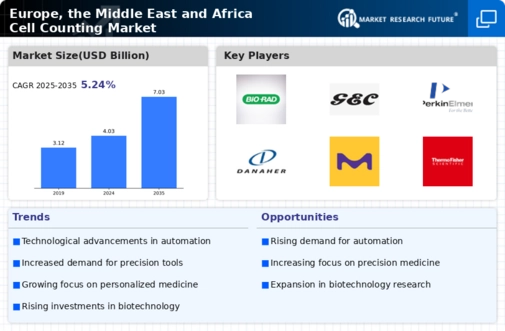
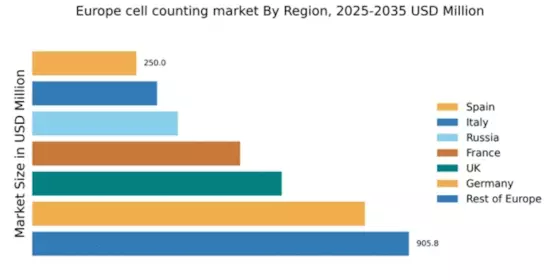
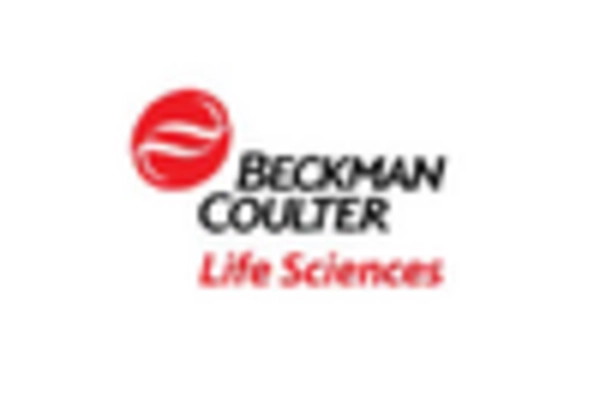
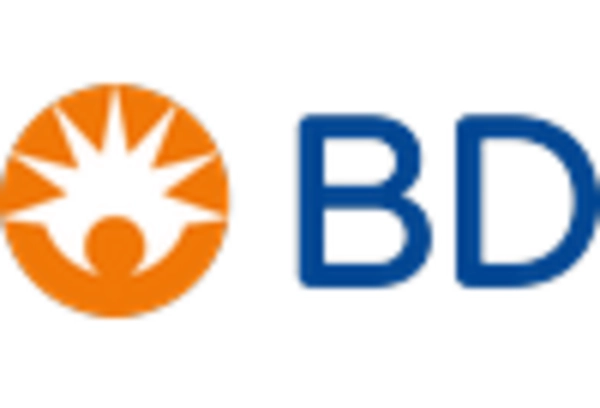

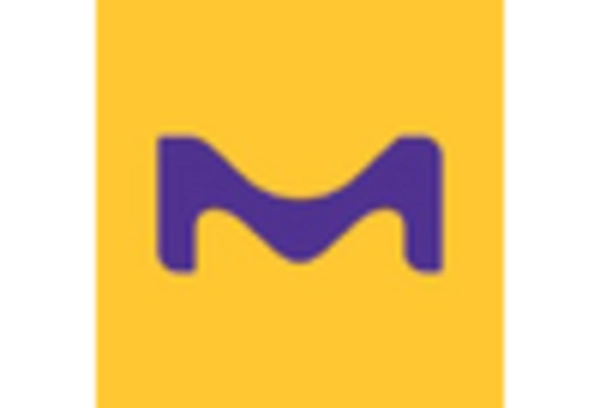
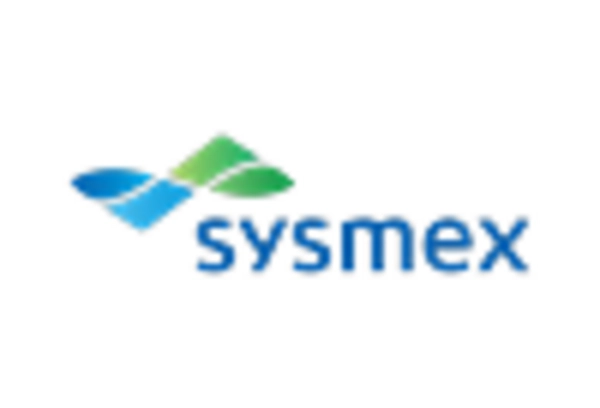
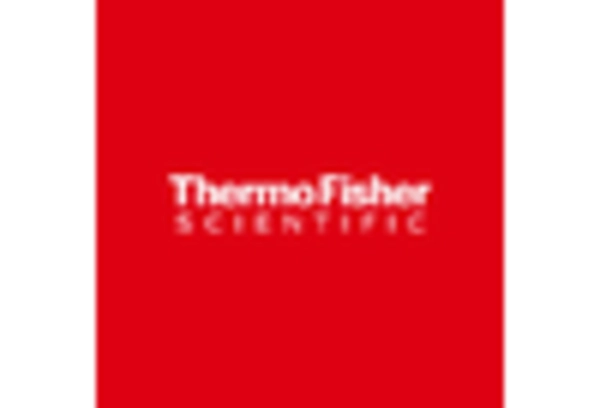








Leave a Comment